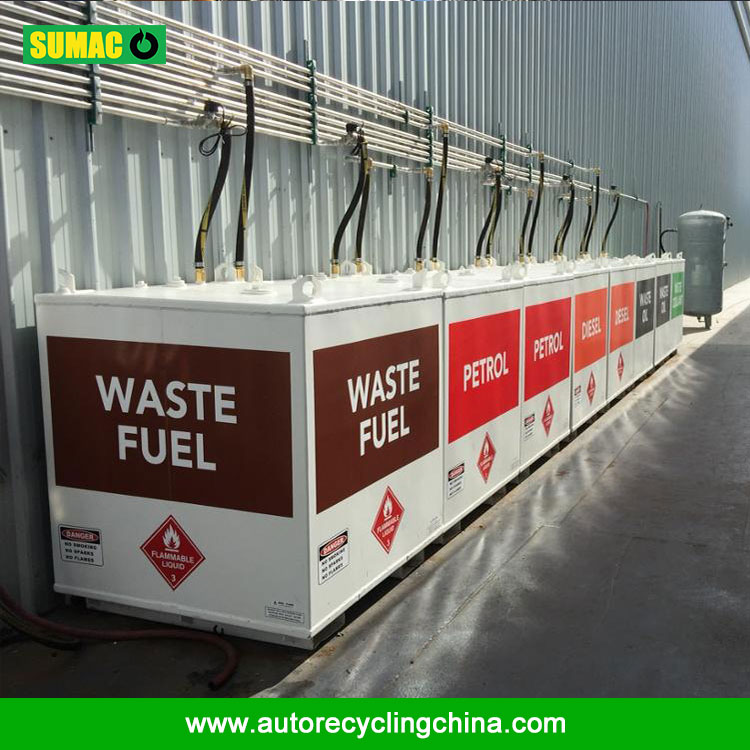How to Prevent Impact on Fuel Cube Tanks
2025-05-08
Leave a message
Protecting fuel cube tanks from impacts is essential to ensure safety and prevent potential leaks or explosions. Several strategies can be employed to enhance their impact resistance.
Structural Reinforcement
Strengthening the tank's structure is a fundamental approach. Using high - strength materials, such as thick - walled steel or reinforced composites, can significantly improve the tank's ability to withstand impacts. Reinforcing ribs or frames can be added to the tank's exterior. These structural elements distribute impact forces more evenly, reducing the risk of localized damage. For example, circular or cross - shaped ribs around the tank can enhance its rigidity and resistance to external pressure.
Impact - Absorbing Barriers
Installing impact - absorbing barriers around the fuel cube tank provides an additional layer of protection. Rubber fenders or foam - filled barriers can be placed at strategic locations, such as near the tank's vulnerable corners or sides. These barriers can absorb and dissipate the energy from impacts, minimizing the force transmitted to the tank. They are especially useful in areas where the tank may be exposed to vehicle collisions or accidental bumps.
Proper Location and Anchoring
Choosing the right location for the fuel cube tank is crucial. It should be situated away from high - traffic areas or locations prone to falling objects. Additionally, ensuring proper anchoring of the tank to the ground or its foundation is vital. Solid anchoring prevents the tank from shifting or tipping during an impact, reducing the likelihood of damage. Anchor bolts or straps can be used to firmly secure the tank, with their strength and number determined based on the tank's size and weight.
Regular Inspection and Maintenance
Regularly inspecting the tank and its surrounding protective features is essential. Any signs of wear, damage, or weakening in the tank's structure, barriers, or anchoring systems should be promptly addressed. Maintenance activities, such as reinforcing weakened areas or replacing worn - out barriers, help keep the tank in optimal condition to resist impacts over time.


